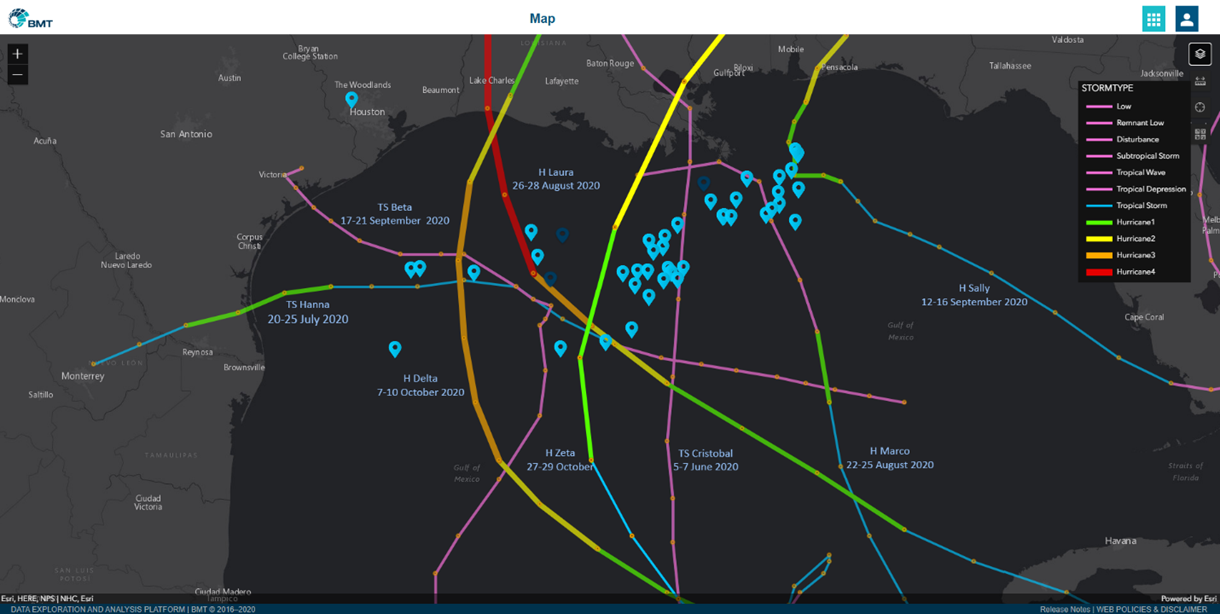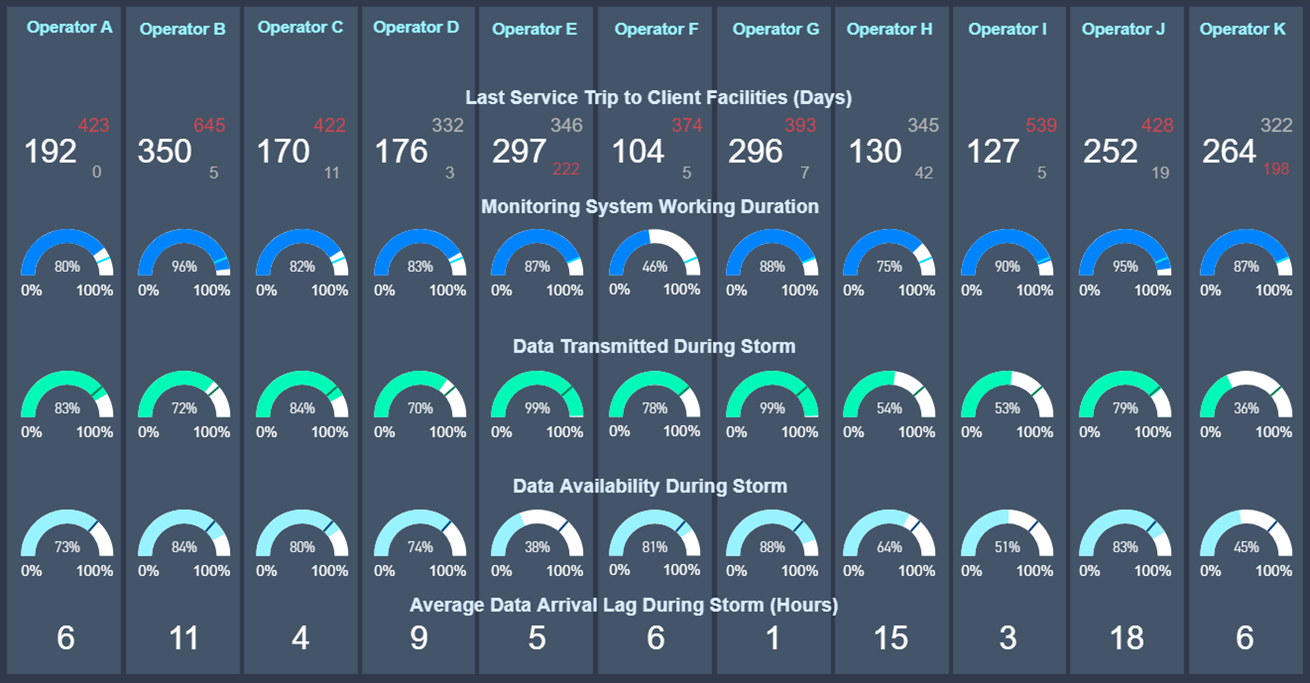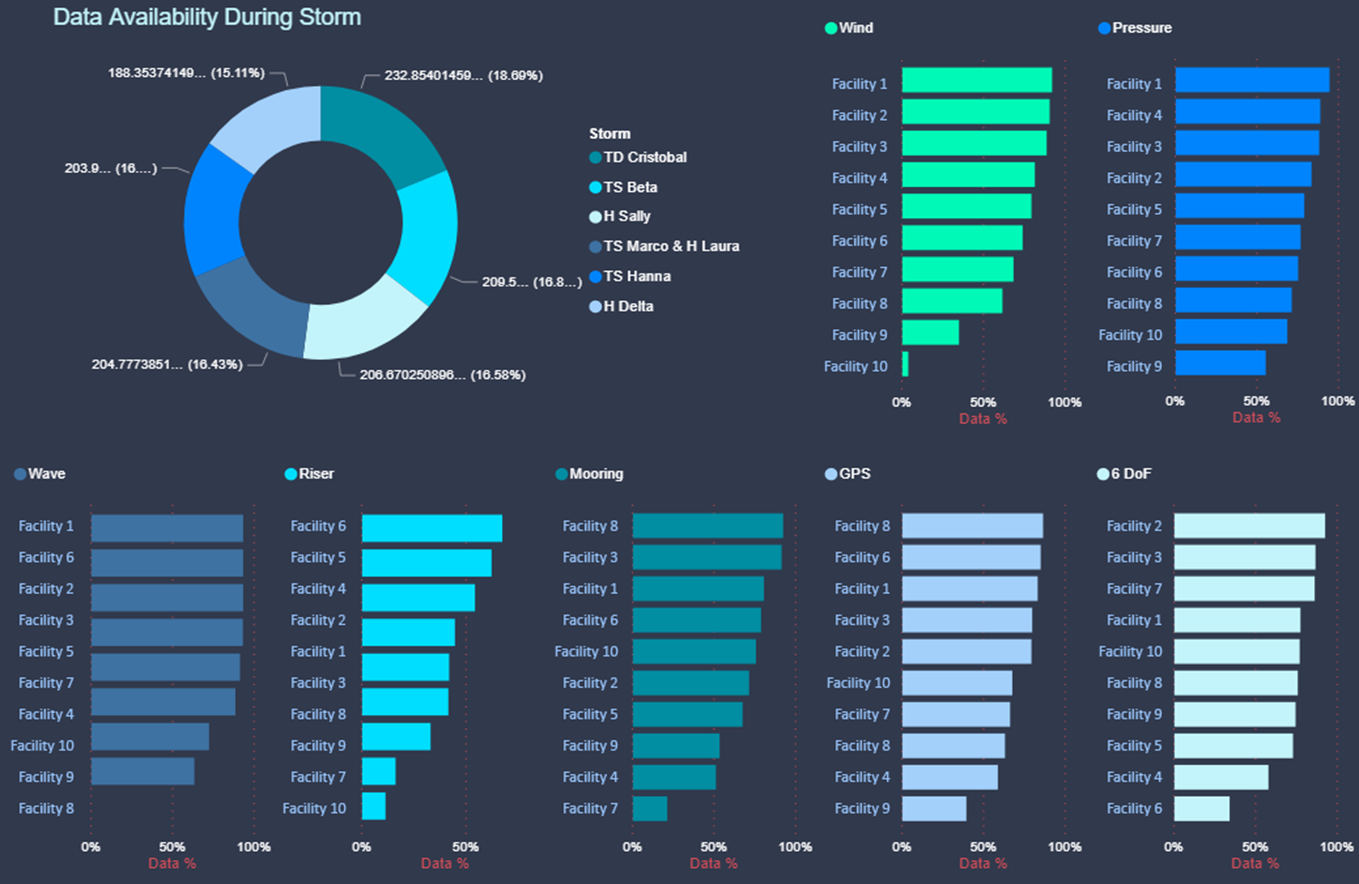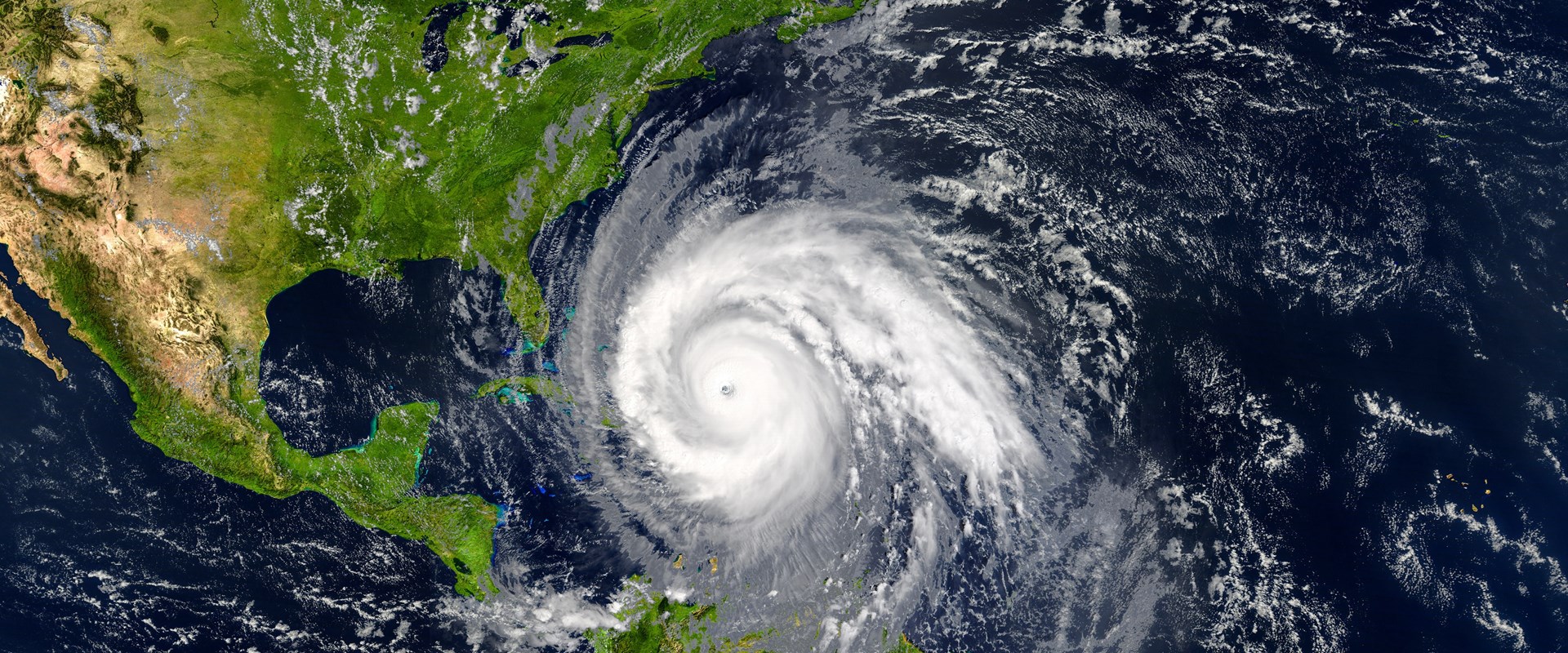These conditions intensify platform operators challenges of profitable exploration while protecting the environment and ensuring personnel safety.
A record hurricane season
The Atlantic hurricane season in 2020 has been a very busy one. This year, 12 out of 29 storms made landfall in the United States, and at least 8 of them cut through the Gulf of Mexico. Each facility experienced wind and wave forces from more than one storm in this hurricane season. Moreover, it appears that no offshore structure was more than 100 nautical miles away from any named storm, putting assets at risk.

Figure 1: Hurricane 2020 activity in the Gulf of Mexico
The crew are evacuated a few days in advance of predicted storms. Crewing the platform after the storm will depend on the conditions experienced during the storm. If the platform is subjected to hurricane-force winds, additional inspections and checks need to be performed before the platform can be re-crewed safely. All this time away from production has associated costs and ultimately impact profitability.
The eyes and ears
During hurricanes, standardised evacuation procedures are followed, and the main power supply is turned off. At this point, emergency generators or auxiliary power systems power only the essential services. We provided products such as Integrated Marine Monitoring Systems (IMMS) and Independent Remote Monitoring Systems (IRMS) that become the eyes and ears of these facilities, keeping operators informed and ready to respond as events unfold. As the name suggests, IMMS and IRMS collect environmental data such as wind, barometric pressure, air temperature, relative humidity and the position and motions of the structures. IMMS systems collect data from many other sub-systems such as mooring, riser, tank levels, hull stresses, to name a few. IRMS systems can also upload pictures and videos, transmit the data via satellite, and remain powered for days from their power source. The monitoring system data is transmitted onshore to our data management and exploration platform, BMT Deep.
Soma Maroju, Business Unit Manager – Data Services, BMT, commented:
“Hurricane season 2020 was remarkable. Personally, years of work put into tuning BMT Deep to support during such events was tested. It is rewarding to see how we could work closely across teams and support our customers through these events in near real time. It also provided us plenty of feedback and opened our eyes to what can be improved.”
Being prepared
Some sensors that measure information are often not powered using the auxiliary power as the requirement may not be available. There may be other practical challenges like running long cables, communications and recording the data.
But it is essential to ensure these monitoring systems are in working condition before the personnel evacuate the platforms. In addition to providing a proper evacuation procedure, the crew must also conduct regular maintenance of the monitoring system in advance of the hurricane season. Often, plans can change due to other operational constraints on the facilities. Therefore, it is essential to plan the activities to be performed during a service trip. Our experienced instrumentation systems and data services teams work together and prepare before a service visit to the platform.

Figure 2: Monitoring Systems Performance Dashboard
Andrew Aldrich, Head of Instrumentation Services Business Unit, BMT, commented:
“It was certainly an extra-ordinary season this year. Intense storm activity on a backdrop of COVID-19 restrictions. It proved a real test for our systems, offshore teams and customer operations. Our system performance was excellent, with steady streams of data being fed across a large customer network. The value of the system and the hard work of the site teams really shone through. The close contact with our customer, night and day, also led to a great deal of learning that we can take into future seasons and continuously improve data quality, availability and timing.”
Lessons learnt
During the recent hurricane season, a few notable observations include an overall improvement in the amount of good quality data collected compared to the busy hurricane season a decade ago. In the past, the operators missed most of the available data during the storm's peak because the systems did not receive any power. Also, the tools to view the data and monitor the performance have improved. More importantly, teamwork prevailed – our customers actively engaged with our teams and worked diligently to enhance the resilience of the systems. Post-hurricane season, our team started gap analysis by collecting and analysing various monitoring systems from over 35 facilities spread across the Gulf of Mexico to assess the performance during the storms. Our team tried to answer the following questions:
- How soon will the data be available for onshore staff about the conditions on the platform?
- Are the wind sensors operational? Are they reliably measuring significant wind speeds on the platform?
- What other devices are available, and how reliable are they working?
- What is the performance of each sensor during each hurricane?
- Is the communication systems working?
- Is the data acquisition system working and recording the data – even though it is not transmitting onshore?
- Is there any correlation between the duration and days from the last service trip impacting the systems' performance?
- What changes need to be made to power the system?
- What are communications between the sensors and monitoring systems required to record the measurements reliably?

Figure 3: Data availability by Device
The results from these analyses are then, in turn, carefully examined by our engineers for each facility. This exercise will allow us to work with the operators and develop a solution that mitigates the risks around the next hurricane season to help protect their assets and minimise disruption. Our goal is to collaborate with the operators and ensure that timely insights are available for actions for the next active hurricane season to ensure profitable exploration whilst protecting the environment and ensuring crew safety.



